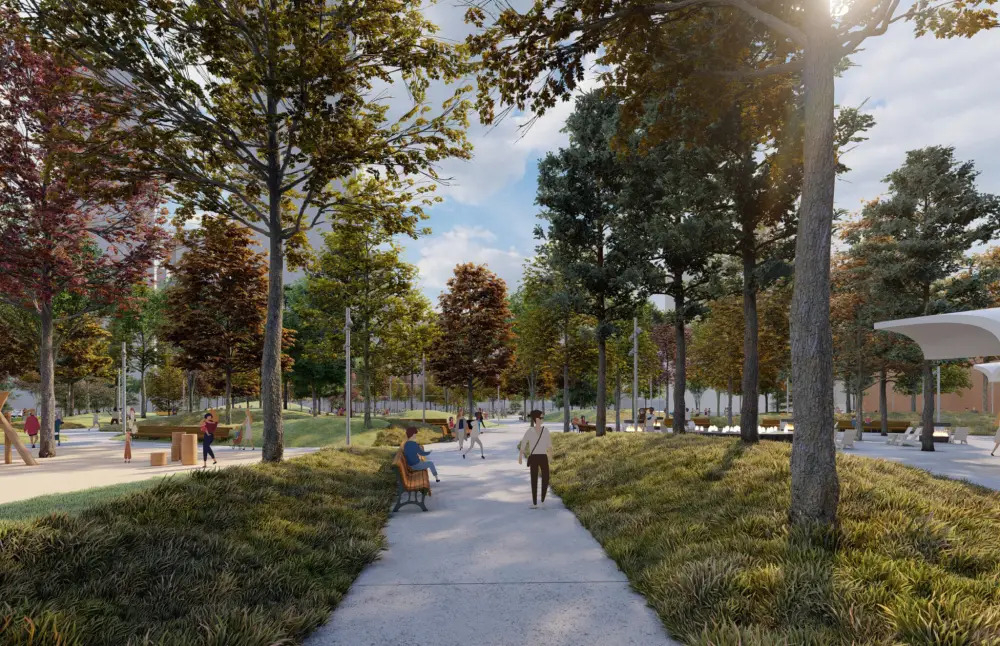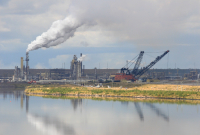Support strong Canadian climate journalism for 2025
Over the last two decades, Canada on the whole has gotten less green.
According to Statistics Canada, the average amount of urban land covered by healthy vegetation dropped eight percentage points nationwide between 2000 and 2022. Winnipeg saw the second-highest loss of green in that time period — after Milton, Ont. — losing 37 per cent of its lush urban lands.
Such a significant loss of greenery isn’t just an eyesore; it’s bad for health.
Combining more intense weather with a tendency toward concrete gridlock makes a downtown more susceptible to crises such as floods and heat islands. That’s why policy experts have started emphasizing the need for natural, or green, infrastructure to address the challenges of climate change and boost residents’ social, mental and physical well-being.
To read more of this story first reported by the Winnipeg Free Press, click here.
This content is made available to Canada's National Observer readers as part of an agreement with the Winnipeg Free Press that sees our two trusted news brands collaborate to better cover Canada. Questions about Winnipeg Free Press content can be directed to [email protected].





Comments